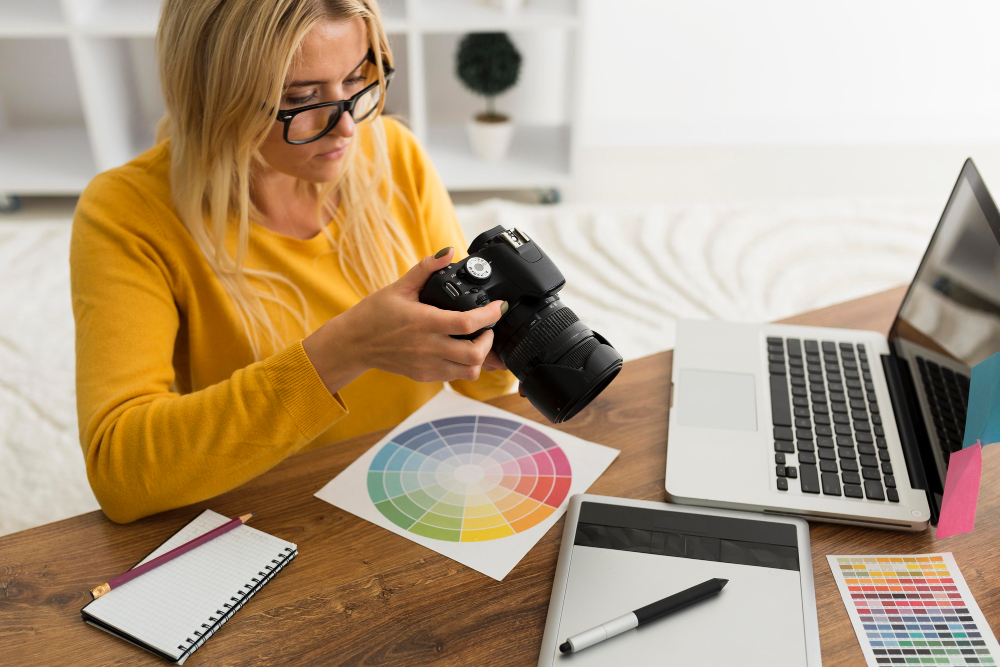Hi Wy. If you look at the pic above you will see Spyder Pro right next to the mouse. Supporting multiple monitors on one computer usually means Mac OS 'cause Mac has supported that for yonks. Dual head and triple head on a PC seems to be a different kettle of fish. ColorVision states clearly in the manual that it does not support dual head. ColorVision is coming out with Optical 4.0 shortly which will support dual head.
As for a cheap colorimeter + app, dunno, but in this cheap is likely a gip. I bought Spyder Pro 'cause it has excellent reviews and the cost is more reasonable than the equivilant other brands. Dunno about Prove it!, but I don't like its rant of claims.
Calibrating your monitor with a colorimeter is very definitely worth it and a real eye-opener. Depending on your monitor and how precise you want to get it, it's easy. The most difficult part can be getting the precalibration settings over your monitor's controls right.
Whatever. Here is a good link from , of all people, MS!!
As for a cheap colorimeter + app, dunno, but in this cheap is likely a gip. I bought Spyder Pro 'cause it has excellent reviews and the cost is more reasonable than the equivilant other brands. Dunno about Prove it!, but I don't like its rant of claims.
Calibrating your monitor with a colorimeter is very definitely worth it and a real eye-opener. Depending on your monitor and how precise you want to get it, it's easy. The most difficult part can be getting the precalibration settings over your monitor's controls right.
Whatever. Here is a good link from , of all people, MS!!

 .
.



Comment